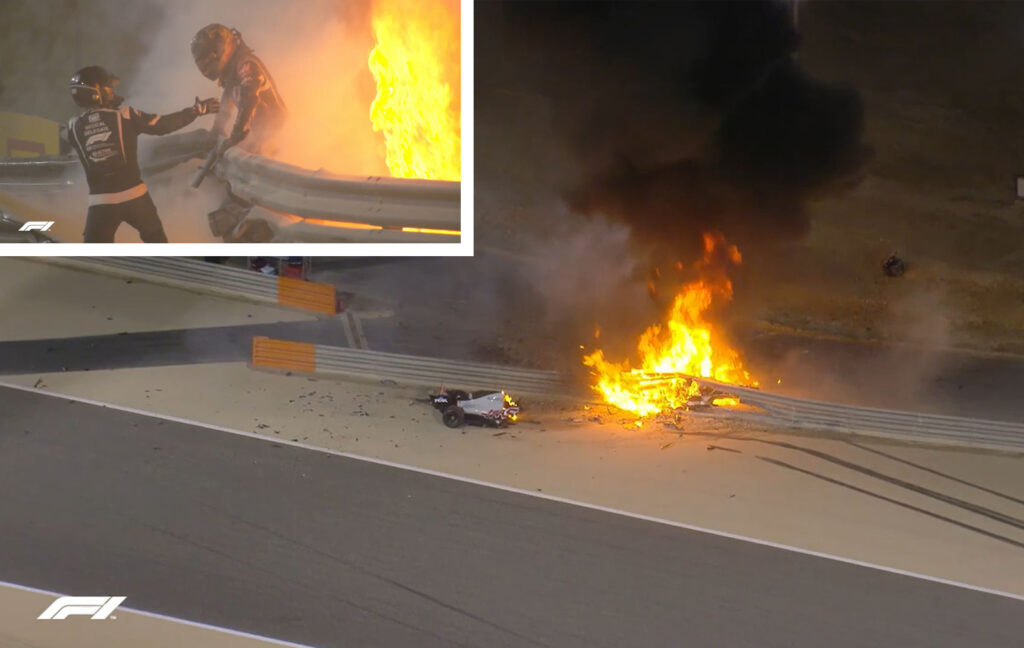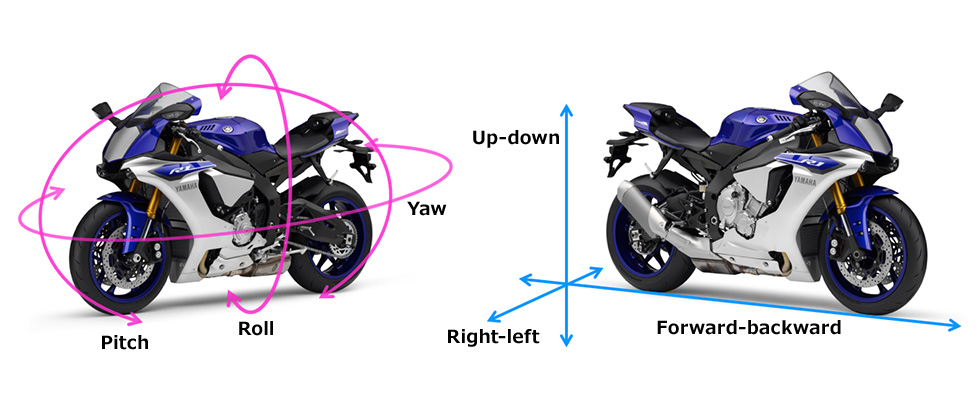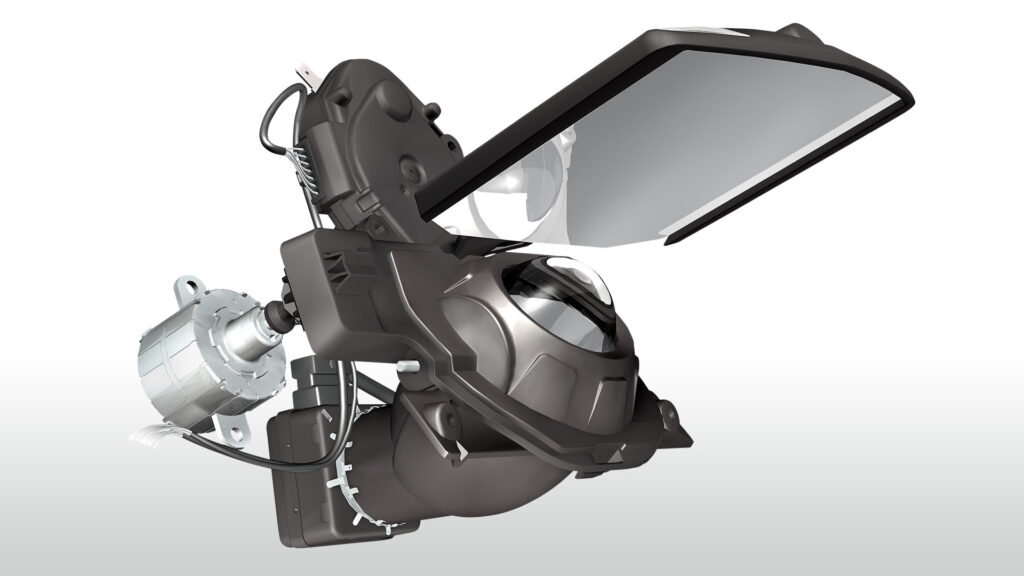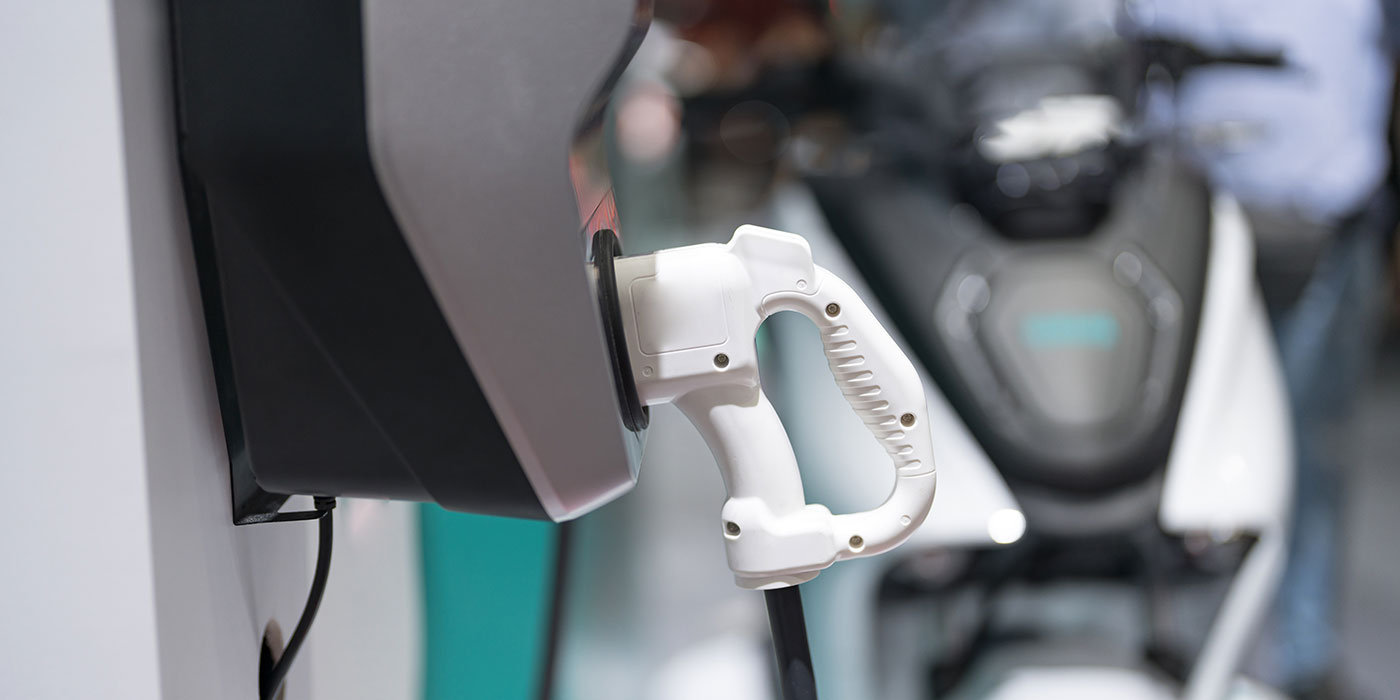I’ve been thinking a lot about safety of late. Maybe it’s because I’m getting older; maybe it’s because I’m watching my daughter grow up. I’m not really sure. But safety has been on my mind a lot, especially around the dangers which come with riding motorcycles in this day and age.
I’ve found myself reflecting on this even more as I’ve been watching Formula One (F1) over the past few years. F1 has always taken driver safety seriously. It maintains tight standards when it comes to car construction, safety systems, structure, protective gear and much more. One such change was the introduction of the halo system. The halo is a rounded bar that surrounds the driver’s head and is connected to the vehicle frame at three points. It’s designed to protect the driver’s head from collisions, whether it’s another car, a barrier or debris. The halo system was criticized by drivers, team staff and fans alike. They called it ugly, said it obstructed the driver’s view and that it took away from the spirit of racing cars. But then it started saving lives, and the criticism soon fell silent.
I remember watching the 2020 Bahrain Grand Prix on TV. Romain Grosjean’s car pierced the barrier at 140 to 160 mph during the first lap. The force of the impact sheered the car in two. This ruptured the fuel cell, and a huge fireball erupted from the wreckage with Grosjean still inside. This was one of the scariest moments I’ve ever witnessed in motorsports. Thankfully, the halo system did its job and protected Grosjean’s head from the barricade. He was then fortunate enough to be able to free himself from the car and climb out of the flames with only minor injuries. If not for the halo system, there’s a very good chance he would’ve lost his life on impact.
Safety Matters to Everyone
Why am I talking so much about F1? Because racing leads to innovation. It affects driver — or rider — safety in the long run. Whether it’s F1, NASCAR, INDYCAR, MotoGP, or anything in between, racing organizations around the world do everything in their power to protect the racers and keep them safe. They help to pioneer new innovations in protective gear, electronic control systems, and everything in between. I find it amazing that MotoGP racers can be flung from their bikes at breakneck speeds, slide across the tarmac, then get up and walk off the track relatively unscathed. It’s a testament to just how much protection their gear offers them in collisions.
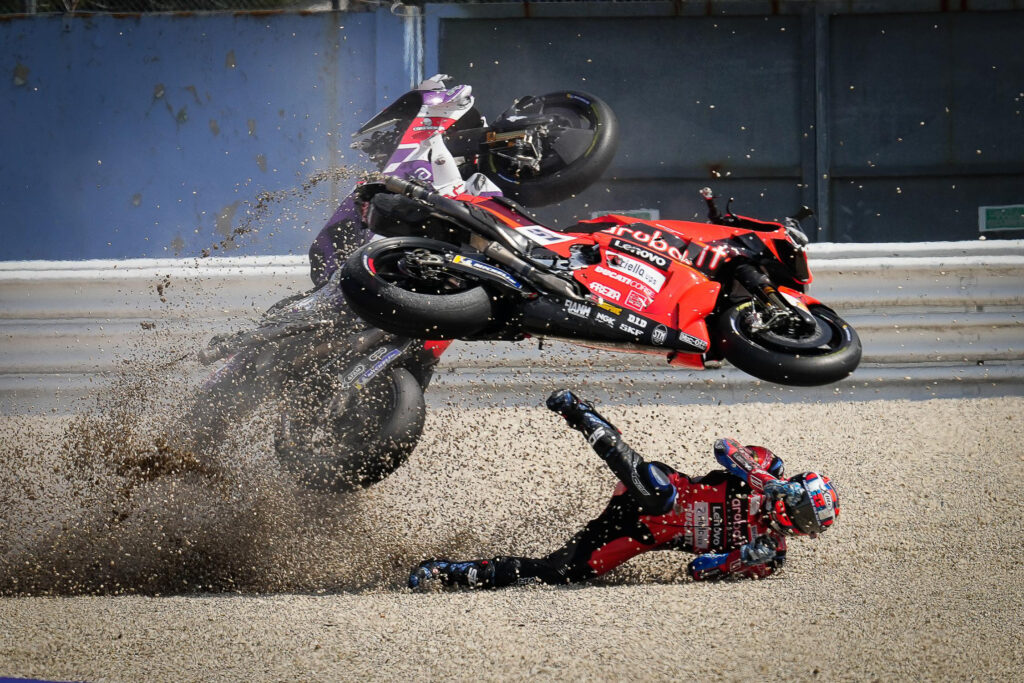
Wearing your gear is important, but it’s just one piece of the puzzle. The next piece is practicing and honing your riding skills. Knowing how your bike will react under emergency braking or swerving around an obstacle might just save your life. This knowledge tends to come with time and experience, which means that newer riders are more at risk when they first start out.
Statistically speaking, novice riders are much more likely to be involved in an accident. According to the Ohio Motorcycle Operator Manual, more than 50% of riders have been riding for six months or less. I think that this statistic can really help to explain why we’ve seen such a surge in safety systems and equipment in the motorcycle industry of late.
Many of these innovations found their way from the racetrack to the streets we drive on. We may not be racers, but we can still reap the benefits to better protect ourselves in the event of a crash, from safer, lighter, stronger, more protective gear to more advanced onboard safety systems. Let’s take a look at the latter.
Modern Safety Systems
Earlier this year, I talked about a few 2022 motorcycle trends. One of the points I brought up was that safety systems are surging in many modern bikes. Looking back 10 to 20 years ago, anti-lock brakes (ABS) were almost unheard of on bikes, but now they’re a standard feature or an optional extra on a number of models.
Let’s look at the 2022 Yamaha XSR900 as an example. It’s not an entry-level bike, but it’s still priced right around $10,000 USD, so it’s not priced out of reach either. But despite the reasonable price, this bike comes loaded with a number of really advanced electronic rider aids.
The most impressive one in my eyes is the state-of-the-art six-axis inertial measurement unit (IMU). The IMU system was originally developed for the YZF-R1, but it has evolved into a smaller and lighter unit featuring two sensors that measure three-axis angular velocity and three-axis acceleration. The IMU enables a suite of rider aids including lean sensitive traction control, a slide control system (SCS), a front wheel lift control system (LIF), engine brake management (EBM) and a brake control (BC) system with-lean sensitive ABS.
Yamaha’s goal during the IMU development was to build a bike that brings out the rider’s strengths while allowing the rider to focus more attention on racing rather than on how the machine is behaving. The IMU is able to electronically control the throttle position, ignition timing, ABS and other factors in order to maximize performance, grip and maneuverability. It’s a great example of race bike technology trickling down to us here on the street.
Shifting our focus over to Ducati, the Italian manufacturer has also brought some technology from the racetrack and integrated it into its street bikes. Some models may see safety systems like Ducati’s adaptive cruise control (ACC) and blind spot detection (BSD). Ducati also offers advanced systems, such as an intelligent cornering system and semi-active suspension systems by Öhlins on some of its high-end motorcycles. The semi-active suspension has the ability to automatically adjust compression and rebound damping in response to riding style based on information received from the inertial platform and other onboard sensors. These are just a few examples of this trend, but I fully expect it to continue in the coming years.
BMW Motorrad is also committed to rider safety through its Safety 360 Concept. This concept consists of three areas:
- Cutting-edge vehicle safety technology
- Highly innovative and functional rider equipment (protective gear)
- A focus on you, the rider, and your passive safety through high-quality rider training courses for every skill level and every type of terrain.
On the technology front, BMW offers such systems as ABS, traction control, stability control, tire pressure monitoring, selectable riding modes and adaptive headlights, which are able to self-adjust based on lean angle and ride height.
One of the best ways for bike manufacturers to protect riders of all skill levels is to integrate these electronic rider aids, especially the ones that can limit braking force or engine power based on lean angle, available grip, etc. Speaking for myself, I can’t wait to see what the next decade has in store for the industry. Whether it’s rider aids that focus on safety or creature comforts like cruise control, I say bring it on!


